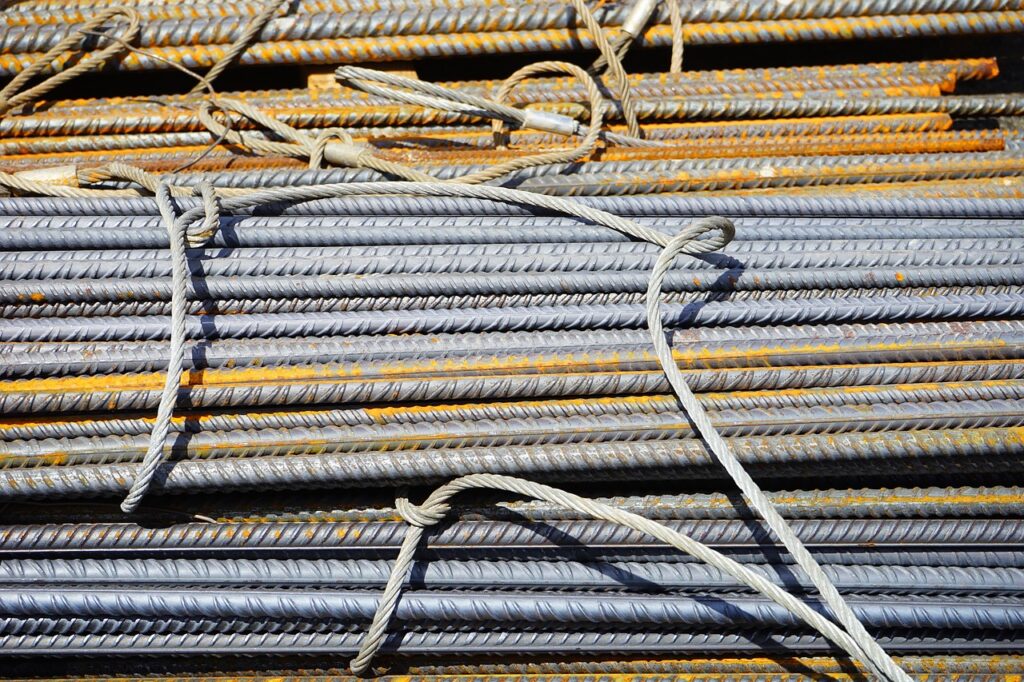The buildings must be built to resist the strong forces caused by seismic motions. Steel is a durable material that’s popular, as they allow structures to bend instead of break.
Diaphragms, shear walls and cross braces are nifty methods that allow forces to be distributed throughout the structure when it shakes. Others, like moment-resistant frames permit beams and columns of varying lengths to stretch but their joints are rigid, providing flexibility to absorb seismic energy.

Building structural strength in the seismic zone
Flexibility is an important consideration when building in seismic areas. Concrete, steel and wood are all more flexible over unreinforced brick walls, which tend to be brittle under stress and therefore aren’t suitable for earthquake resistant buildings. The lightweight structure of a roof can lower the stress for a building during an earthquake.
Different design methods and innovative materials are able to further reinforce earthquake-resistant structures. These include cross bracing that allows seismic waves to be transferred to the ground, instead of permitting them to strike and shake the floors or walls. Damping systems or energy dissipation devices are inserted between the building’s foundation and the ground to isolate the structure from forces of vibration.
Scientists are working on new sorts of materials that are able to help improve seismic resistance in constructions, like shape memory metal alloys that maintain their form in the face of stress, and carbon-fiber wraps that strengthen structural elements. It is believed that the University of British Columbia has made a cementitious fiber-reinforced composite which can improve existing brick and concrete structures by adding a small layer of the substance.
Materials Common to Buildings Resistant to Earthquakes
Designers and architects recommend building materials designed to be earthquake-resistant, when building in seismic areas. This can be achieved through the correct structure and the right materials new construction or retrofitting old structures.
The most common recommendation is to construct using concrete and steel. They can absorb energy generated by an earthquake and bend it, instead of breaking the building and potentially crushing those inside.
Others materials, such as wood or foam could give a structure seismic resistance. These materials are often used to create a structure known as “base isolation,” that separates the structure from its foundation with the help of runners or springs that allow the building to be moved, yet not put pressure on the foundation of the structure. Another method of enhancing earthquake resistance are cross braces, shear walls and diaphragms to distribute the power of shaking around the structure of the building.
Strategies to Resilient Seismicity in Construction
Engineers use other approaches in the design of seismically resistant homes and other structures. Diaphragms for instance, found in the roof and floors to disperse upward forces, can help to absorb the energy of seismic waves.
A second recommendation is to build structures by using parts that are made of flexible material, that is able to expand and contract without causing structural damage in the event of an earthquake. The ductile parts, mostly made of steel dissipate seismic waves by absorbing and then distributing their energy.
Engineers have also been testing durable construction gia xi mang trang materials like the sticky, but stiff fibers of bamboo and mussels. They are also testing 3-D printed designs that interlock for a flexible, resilient structure to earthquakes. Researchers at the University of British Columbia have created a fiber-reinforced concrete, named eco-friendly ductile ductile cementitious material (EDCC) that is much more malleable, ductile and flexible than the traditional reinforced concrete. The material is able to change form when it is stressed, and is ideal for creating seismic-resistant ceilings, walls, and floors.
The importance of building materials that are resistant to earthquakes
The threat of earthquakes is significant for residents living in seismically prone areas. However, structures can be made stronger and protected from this catastrophe. There are many methods to make earthquake resistant construction involve redirecting or reducing the seismic force. As an example, a ductile cementitious composite can be used to reinforce concrete, or increase the resistance of bricks to stresses on the horizontal.
Another method is to use walls that shear to transmit energy, cross bracing in order to limit lateral forces and even designing floors with diaphragms in order to absorb energy, then distribute it in strong vertical pieces. Moment-resisting frames is an additional important factor for strengthening the structure to ensure that it won’t fall when an earthquake occurs.
Modern construction methods have proved that this conventional notion isn’t always true. More lightweight materials, such as steel, can withstand more than bricks or concrete. Additionally, they are more flexible and change shape when an earthquake occurs.
